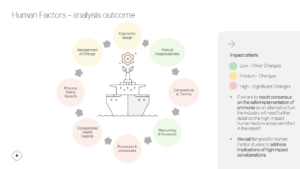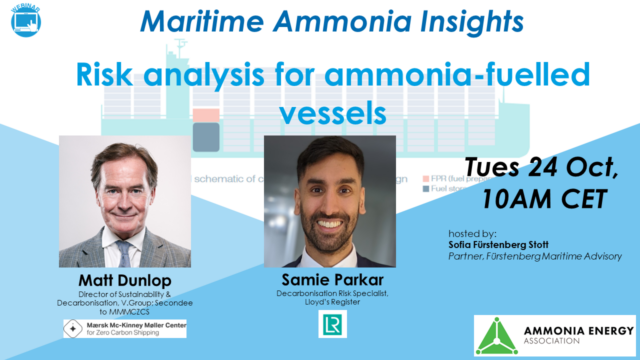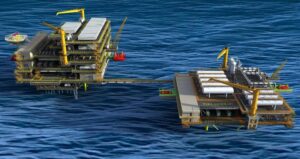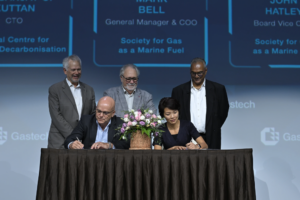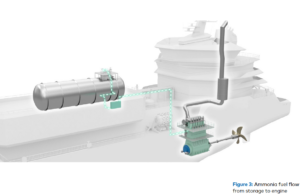Exploring ammonia retrofits at the Sakra power plant, Singapore
Sembcorp, IHI and GE will explore potential retrofits to existing gas turbines at the Sakra power plant to run on 100% ammonia fuel. The Sakra plant currently features two GE 9FA turbines, which are among the models IHI & GE are targeting for development of a “retrofittable” ammonia combustion system.

